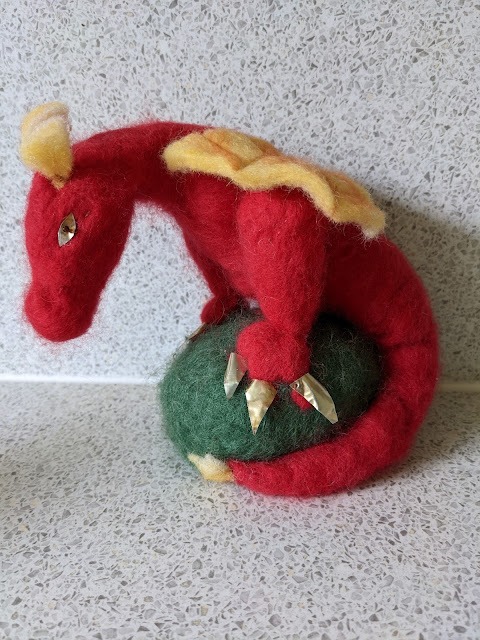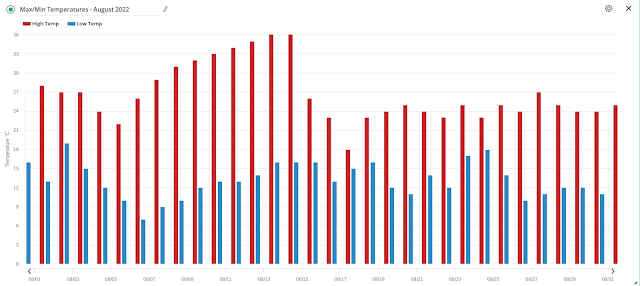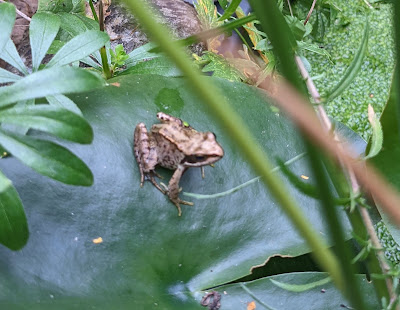In an earlier post, I may have mentioned a pet hate of mine where quantitative data is provided without the necessary context. One of Mary's pet hates is the misspelling of common words; specifically in permanent displays. On our recent walk around the Mordiford Dragon Trail, she spotted this story board...
 |
| Story Board on the Mordiford Dragon Trail |
Did you spot the spelling mistake? The possessive pronoun 'their' is spelt incorrectly as 'thier'.
In everyday communications, I'm sure we've all sent messages that contain spelling mistakes despite the routine availability of spell checkers on phones and computers (if you can get the damn thing to always spell check as British English rather than reverting, on occasions, to American English!). And who has not been caught out by the dreaded predictive text altering words in your urgently sent electronic missives.
But really, there is no excuse for these simple spelling mistakes on permanent display boards. I guess no one employs copy editors these days to correct these errors - it might be worth it considering the mistake will be around for decades!
Mary then reminded me of another of my pet hates - the misuse of apostrophes. I came across this example recently...
Why oh why is there an apostrophe in 'INSULTS'. Surely, for consistency, the signwriter must include an apostrophe in 'CAKE'S'. And shouldn't there be a comma after 'TEA'? And, if you're using the Oxford comma, after 'CAKES' as well!
English grammar is difficult and, in day-to-day language, we can relax the rules somewhat provided the meaning of what we are saying or writing is successfully conveyed. But for long-lasting permanent displays, I think a little more care is required. Rant over!!!!!
My next pet hate might be about the overuse of exclamation remarks in modern writing...
























.jpg)



.jpg)
.JPG)
.JPG)
.JPG)



.png)

.jpg)


.jpg)



.jpg)


.jpg)









